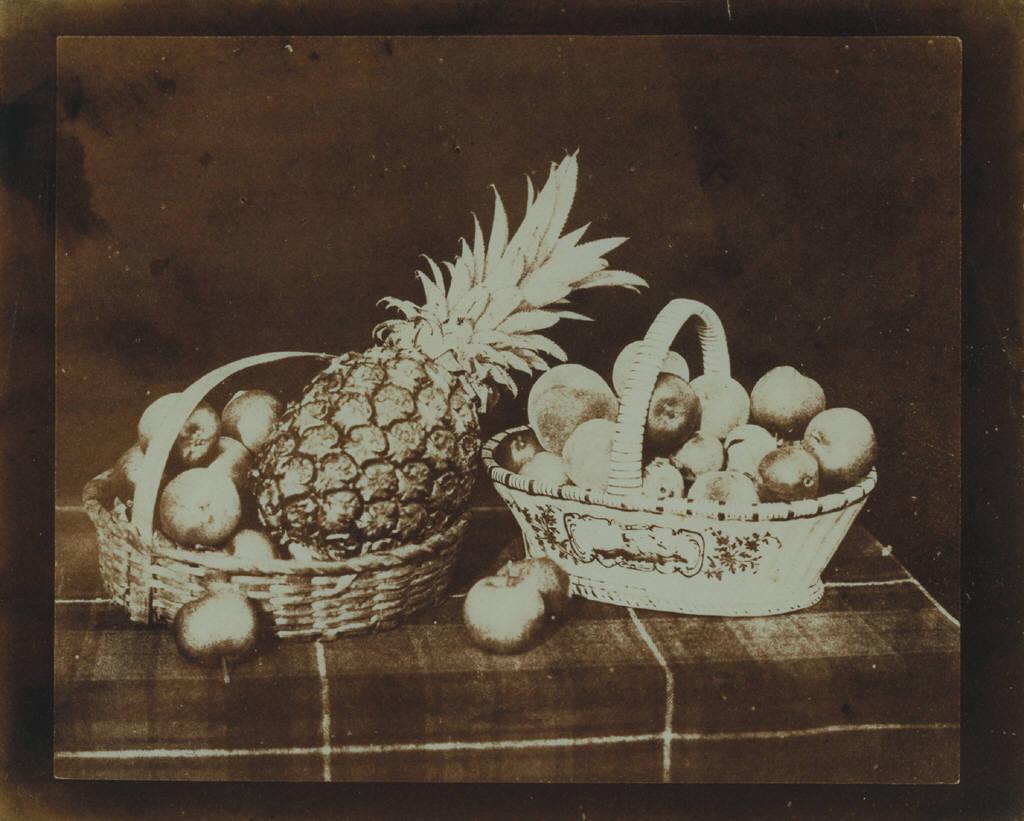To edit my images I used lighten room to lower exposure too add a moody effect of my images which gives a simple but effective feel to my work.
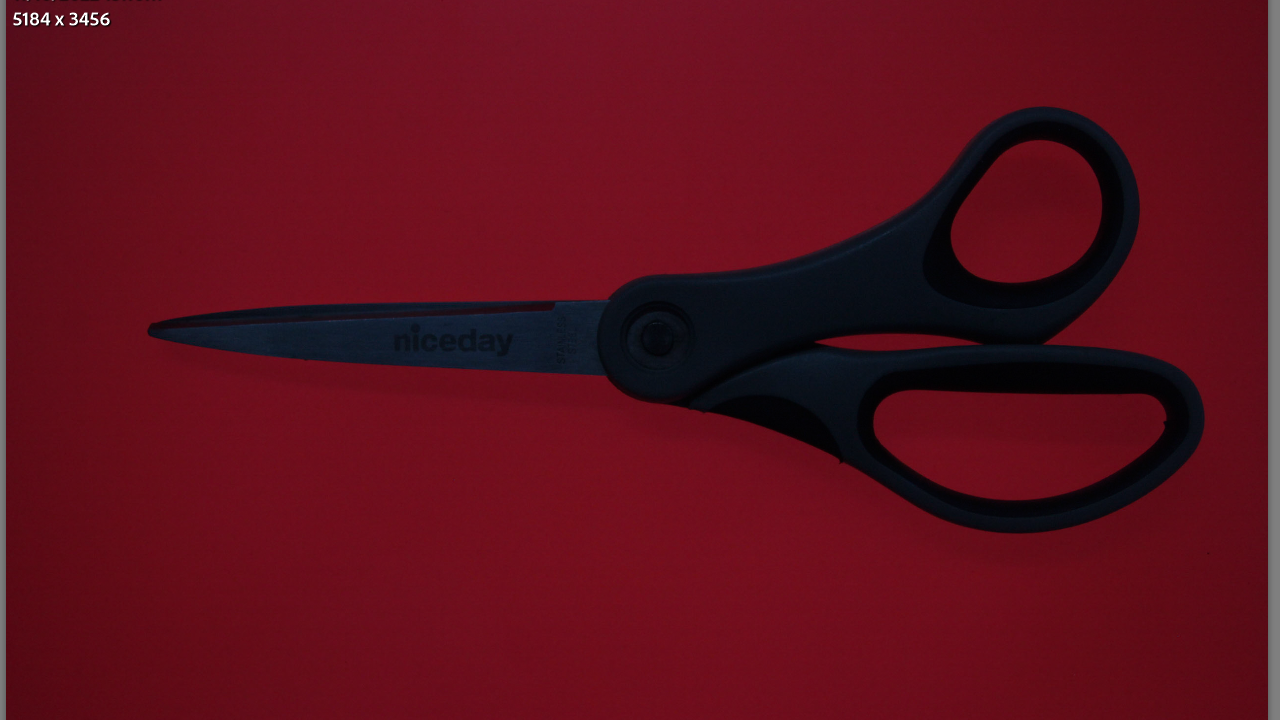
I also used Lightroom to edit different colours of my piece to make its more aesthetically pleasing.
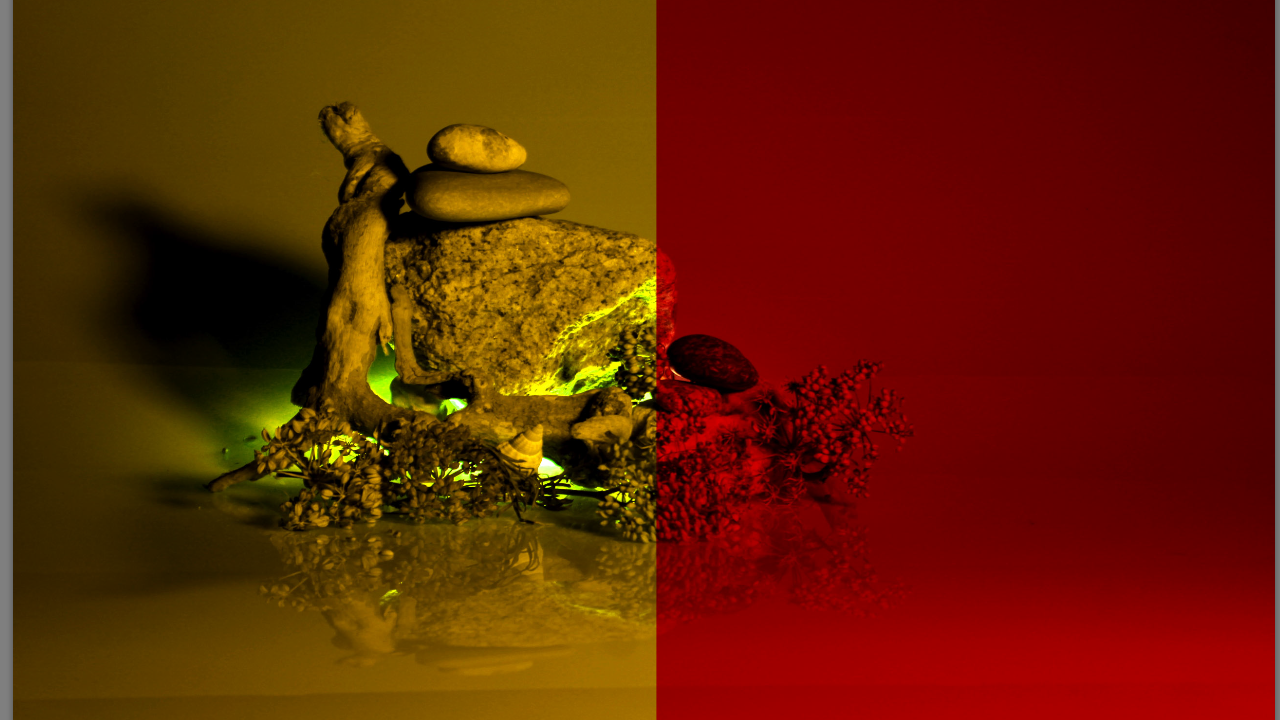
To edit my images I used lighten room to lower exposure too add a moody effect of my images which gives a simple but effective feel to my work.

I also used Lightroom to edit different colours of my piece to make its more aesthetically pleasing.

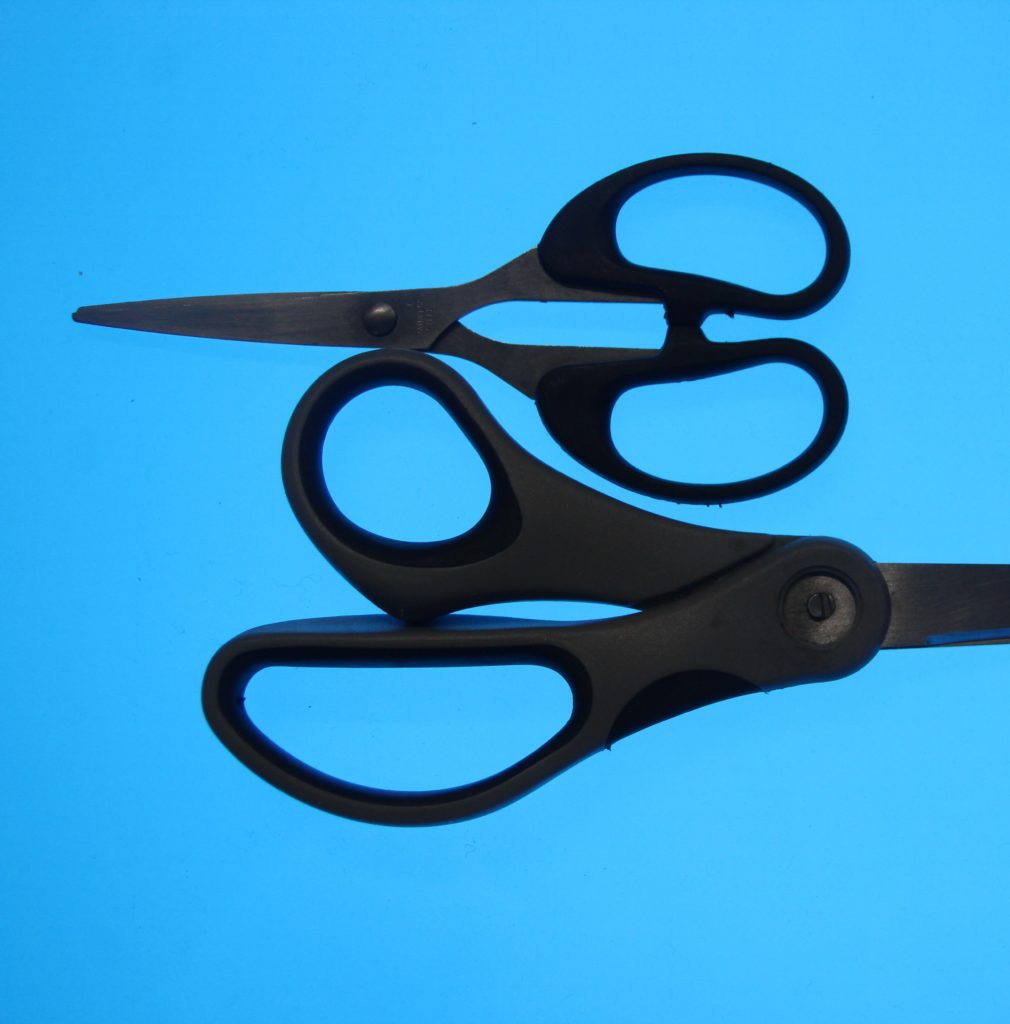
to start i used a light backboard with a blue overlay to add pop to the background and place dark scissors over the top to give a nice and prominent contrast.

I also tried to take photos of a bible and different rolls of tape which did not work out so well as i did not realise the camera was out of focus.
The term landscape actually derives from the Dutch word landschap, which originally meant “region, tract of land” but acquired the artistic connotation, “a picture depicting scenery on land” in the early 1500s. The development of the term in the Netherlands at this time was logical because the Netherlands was one of the first places that landscape had become a popular subject for painting. At this time, the rising Protestant middle class sought secular art for their homes, creating the need for new subjects to meet their tastes; landscapes helped fill this need.
The 19th century held many milestones for the history of landscape art. As the Industrial Revolution altered the traditions of rural life, the old hierarchy of subjects crumbled. Throughout Europe and North America landscape painting gained a new supremacy.
In the early 20th century, painters continued to embrace the landscape. As photography gained acceptance as an art form, artists used the medium to create interpretations of the land through pictorialist effects and, later, through formal compositions of close-up, cropped views of the landscape. In America, photographer Ansel Adams captured the country’s attention with his breathtaking views of the wild beauty of the American West. Even though the major artistic movements of the mid-20th century were no longer dominated by the landscape as a subject, the genre’s importance continued as artists responded to fears of increased industrialization, the threat of global destruction, and ecological disasters.
Romanticism was an art form that rejected classicalism and focused on nature, imagination and emotion (1) . Therefore, this started a new way of thinking and created a new type of art. It crossed between music, painting, photography and many other art forms. Landscape photography was popular at this time, therefore, romantic landscapes were common.
The landscapes focused on the beauty of nature and included a lot of running water and vast forests . One photographer that comes to mind is Ansel Adams . He focused on the beauty of the world and captured that in his photos. His photographs did not include people, cars or man made objects.
The theory of sublime art was put forward by Edmund Burke in A Philosophical Enquiry into the Origin of our Ideas of the Sublime and Beautiful published in 1757. He defined the sublime as an artistic effect productive of the strongest emotion the mind is capable of feeling.
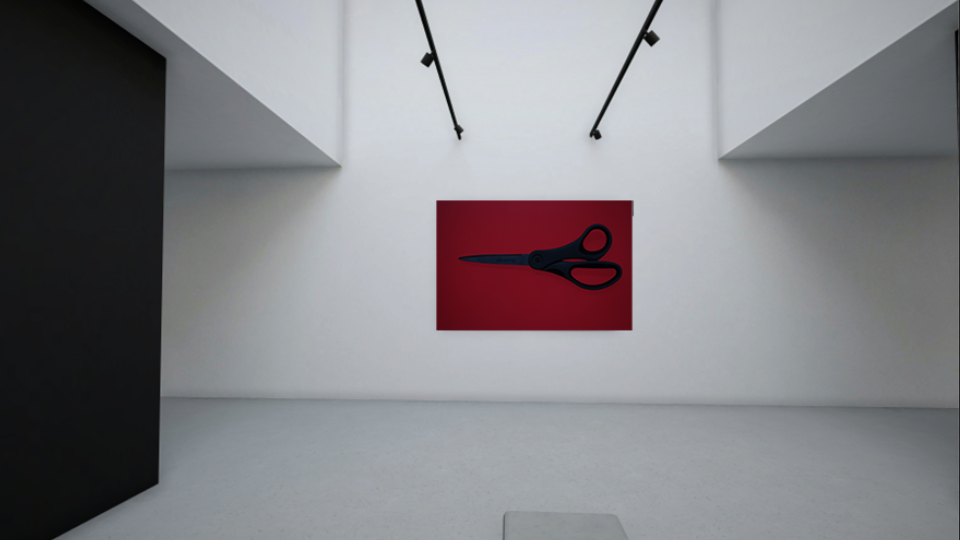


Landscape photography is the art of capturing pictures of nature and the outdoors in a way that brings your viewer into the scene. From grand landscapes to intimate details, the best photos demonstrate the photographer’s own connection to nature and capture the essence of the world around them. Below, you’ll find all the landscape photography articles we have written over the past decade, including our highly approachable tutorials and techniques. If you want to learn everything there is to know about taking beautiful landscape pictures, this is the place to start.

An aperture is a hole or an opening through which light travels. More specifically, the aperture and focal length of an optical system determine the cone angle of a bundle of rays that come to a focus in the image plane.
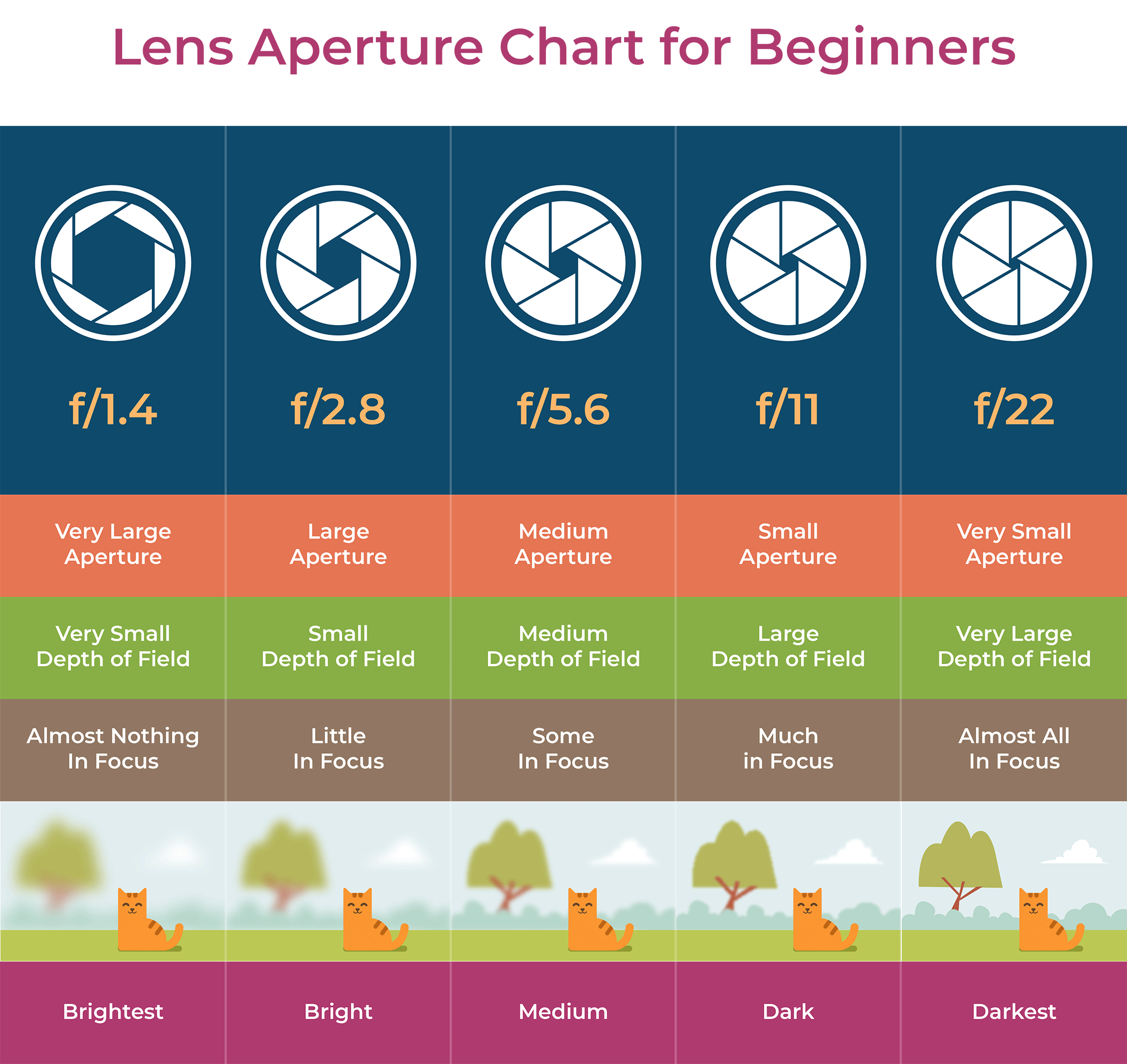
Studio lighting is an essential addition to most photographers’ arsenal. It allows us to create natural lighting effects in a variety of situations, and is far more controllable than a flashgun. And, with so many options available nowadays, it doesn’t have to be confined to a studio.

Continuous lighting in photography occurs when you turn the studio lights on, they stay on – like a video light or a flashlight.
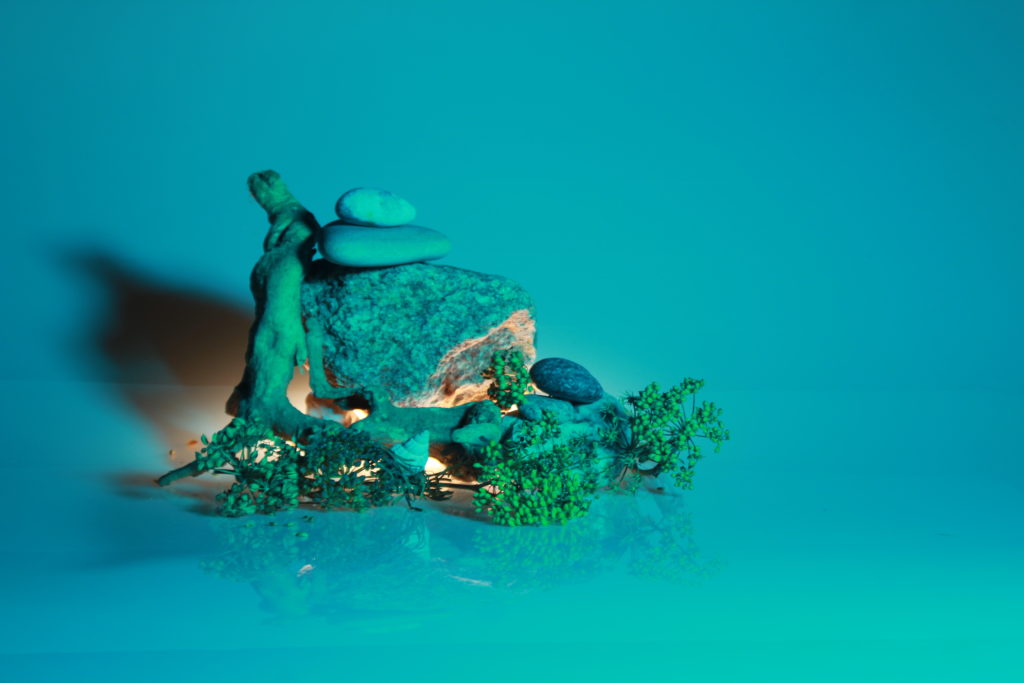
When you fire the shutter, the flash fires, quickly lighting up your subject and then turning itself off. Flash lighting can be a simple speedlight, like the one pictured above, or a more powerful strobe. Speedlights and strobes, like continuous lighting, can also be used behind modifiers, with no modifiers, etc.
Still life photography is a genre of photography used for the depiction of inanimate subject matter, typically a small group of objects.
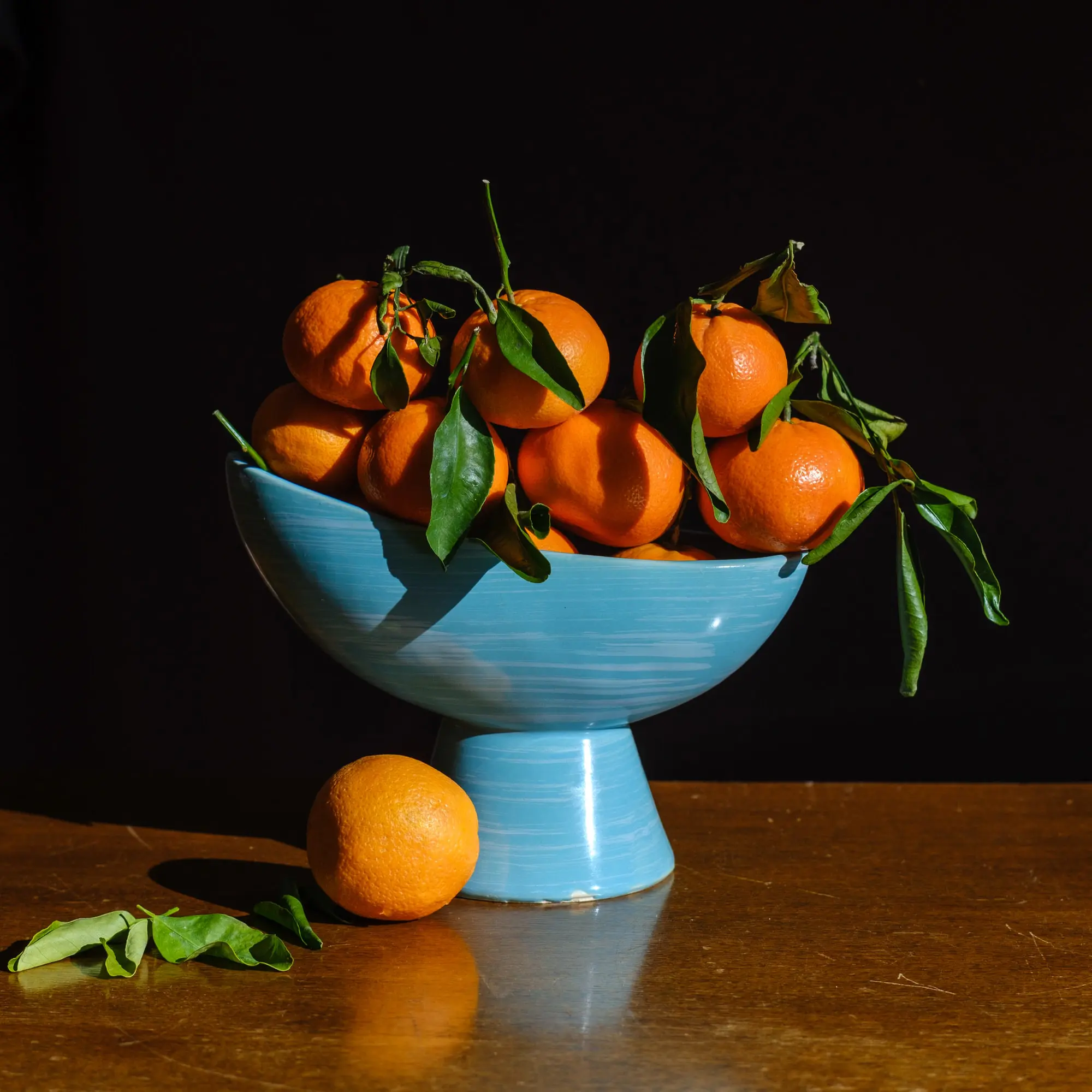
Because still life’s are in fact still, they became photography’s favourite subject back in its earliest days. Soon after the creation of the first ever photograph in 1839, it was convenient for pioneer photographers to take pictures of something that’s not moving. The reason was simple and technical enough: exposures were fairly long, so long it even took days for an image to come to life, so an inanimate object was perfect for the occasion. These works tended to resemble still life depicted in paintings, so much they even used the same objects and arrangements. As the photographic camera improved, still life was no longer a necessity, but it nevertheless remained one of the most attempted types of photo making Today, this kind of photography mostly lives in form of advertising shots, as their demand on the market is quite high, but its existence in terms of the arts certainly did not go cease either, as many photographers still do it for pure aesthetic reasons, for instance.
still life photography’s origins reside in the early 20th century. Art photographers emerged such as Baron Adolf de Meyer. The Baron was known for his highly artistic approach to photography, as he employed darkroom techniques and used soft-focus lenses to create photographs that looked like drawings, which was fashionable at the time.
